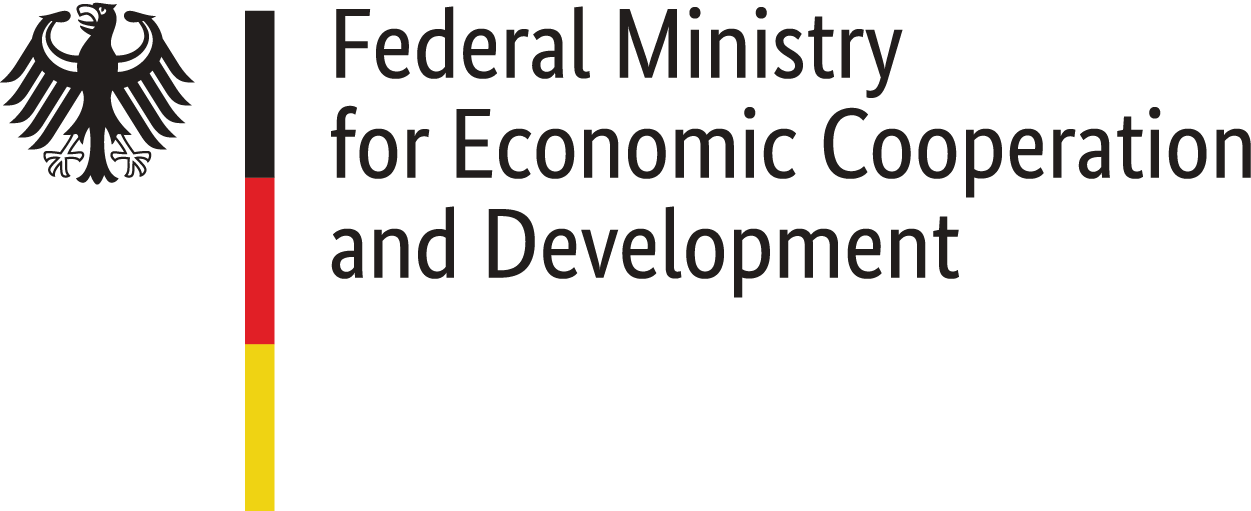Politics
Egypt is no exception to the love-and-hate relationship between media and politics. As history shows, interludes of freedom and hope have been blunted by the desire of successive regimes to monopolize the official narrative and promote their policies. Until today, political powers have been successful in imposing full control of the media and in interfering with the content and message addressed to the public.
The Mubarak era: fueling a propaganda tool
With the introduction of the first Arab satellite channel in 1990 and the launch Nilesat, the TV sector became the most popular. State-owned TV held a monopoly on broadcast media, allowing the Mubarak regime to control the narrative through its ascendency on media ownership. Media concentration was at maximum and the power concentrated in the hands of the President Mubarak and the National Democratic Party that retained a super-majority in the People's Assembly. However the emergence of blogging, electronic journalism, and social media in the early 2000 forced traditional media to improve their coverage to maintain its relevance to and influence of the public. The access of larger parts of society to digital technology also initiated a wave of political activism, shattering the power in place.
The 2011 revolution : a game changer in power structures
Following the 25 January revolution and the resignation of President Hosni Mubarak, Egypt adopted a semi-presidential system under which the President does not enjoy extensive powers. He has the right to appoint a Prime Minister, but Parliament must approve the new government by means of a vote of confidence (art. 146 of the 2014 Constitution). He can also dissolve the Parliament or declare state of war and emergency but the Parliament need to approve of every law before the President can ratify it. With the obvious influence of the independent, mostly online media on the revolution, the post-revolution era was characterized by large-scale investments in the media sector, opening ownership to any Egyptian national (2014 Constitution) and thus allowing for diversity and pluralism. In parallel, political parties flourished for the first time since the start of the Mubarak era. In 2018, at least 100 political parties were registered.
Between 2011 and 2013, the influence of the media reached its peak. In 2011, General Ahmed Shafik, the first Prime minister named in the course of the revolution, resigned a day after a contentious interview on ONTV. This interview was one of the first televised public criticisms of a high-ranking government official in Egyptian history. A general struggle between the various political and societal forces emerged to shape Egyptian public opinion. A direct demand of the 2011 revolution was the restructure of the state-owned press and media institutions. But in 2012, before the election of Muslim Brotherhood-affiliated Islamist candidate Mohamed Morsi as President of Egypt, the Supreme Council of the Armed Forces (SCAF) passed a piece of legislation which gave them control over the process of drafting a new constitution and immunity from any civilian oversight. As such, the state-owned media structures were maintained despite some change in leadership. The SCAF generals saw the uprising as a way to undermine the power of Mubarak-era crony capitalists, though they were also wary of political change. Then, in 2013, the generals sensed that the people wanted to disempower the Muslim Brotherhood and the Morsi regime, and they likewise saw this as beneficial to their interests. Many say the Egyptian media in general and the TV channels in particular played a great role in mobilizing the public and shaping public opinion to initiate the June 2013 protests leading to fall of the Muslim Brotherhood.
Since 2014 : “Sisifaction” of the media system
On the night of 3 July, General Abdel Fatah al-Sisi, head of the Egyptian Armed Forces, announced in a live televised address that Mohamed Morsi had been deposed, replaced by the head of the constitutional court and that the constitution had been suspended. Al-Sisi was sworn into office as […] in 2014. Since then, he has been focusing on removing any obstacle to his presidency and controlling the media is part of the strategy. Until his re-election in 2018 – with 97.8% of the votes – al-Sisi had developed five steps to regain control over the Egyptian media, starting by “purifying” the media landscape with :
- Closing the religious TV channels that supported the Muslim Brotherhood, leaving all others open;
- Stopping TV programs known for their influence on public opinion and censoring the most prominent political media professionals known for their. For example TV host , comedian and political journalist Bassem Yousef , TV host and novelist Belal Fadl, TV host Lilian Dawoo etc., that led many media professionals to self-exile. Since 2017, the so-called “Sisifaction” has started a new phase of reshuffling the media landscape by:
- Changing the legislative and legal structure of both the private and state-owned, starting with the 2014 Constitution;
- Enabling large-scale confiscations of existing media and newspapers assets, and establishing new media entities through massive investments on the media market, like it was the case with Eagle Capital;
- Attempting to control cyberspace, which has become a platform for alternative media, leading the Egyptian authorities to block more than 500 websites, including at least 100 news and media sites.

